It doesn't just seem like America is dividing into two nations -- one where luxury spending is going strong, the other where more and more people can't afford to put food on the table. It really is.
No, there's not much question income inequality has exploded over the past 30 years. What's under dispute is the idea that spending patterns have diverged too. Some economists argue that even though there's a wide gulf between the country's highest and lowest earners, the differences in what people spend and how they spend it aren't actually all that huge. After all, even those in poverty have televisions and refrigerators, the argument goes.
Yet a growing chorus of scholars aren't so convinced, arguing just the opposite -- that as income inequality has grown, so has consumption inequality. In other words, a rising tide lifts only some boats.
The latest research to support this idea comes from Orazio Attanasio, Erik Hurst and Luigi Pistaferri, three professors who recently published a paper through the National Bureau of Economic Research. The authors argue that because of long-running errors in the way consumption inequality is usually measured, the disparity between the biggest and the most modest spenders is much greater than previous researchers have claimed.
In fact, they write, "consumption inequality within the U.S. between 1980 and 2010 has increased by nearly the same amount as income inequality" -- in other words, a whole lot.
That would explain phenomena like high-end shopping malls flourishing even as retail centers geared toward middle-class spenders struggle to stay afloat. And it would explain why some companies are focusing on their luxury and bargain product lines while putting less emphasis on their middle-market offerings.
The recession dealt a blow to the very highest earners in America, just like it did to everyone else. But it's the affluent people who have bounced back the most, while many other Americans are either struggling to find work or trying to get by on smaller salaries than before.
Those vast differences in income may also be driving some to spend beyond their means. That's because consumers can feel encouraged to spend more when they think their neighbors are doing well financially, according to research published by University of Chicago economists in March. Consequently, there are often more cases of financial distress and bankruptcy in communities with high levels of income inequality -- and it's easier than ever for households in those situations to tumble into poverty.
